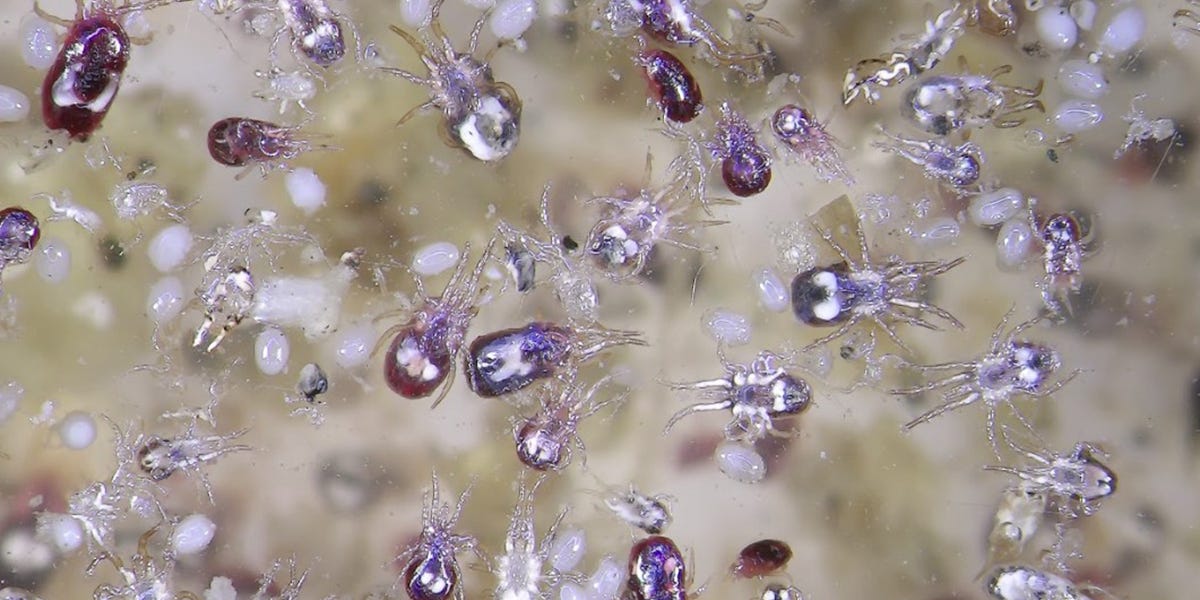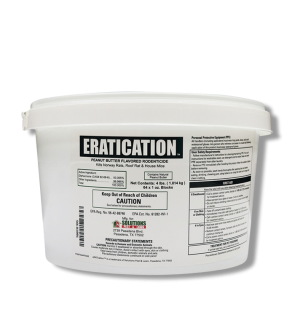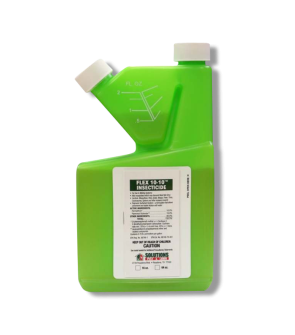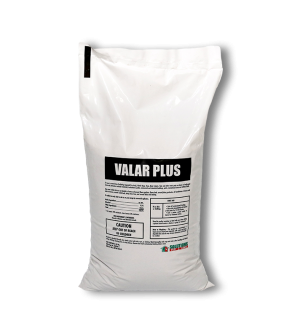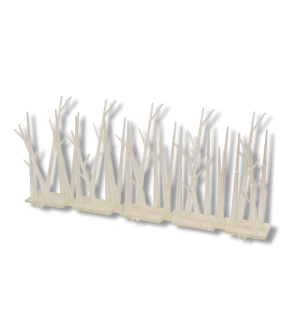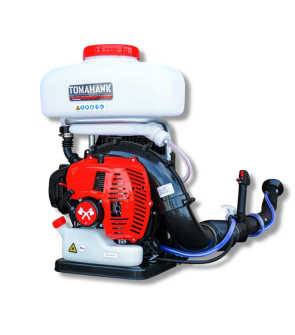Northern Fowl Mite Control
Most Effective Products
Northern Fowl Mite Control: How to Get Rid of Northern Fowl Mites
This page is a general northern fowl mite control guide. Using the products and methods suggested you will reduce the likelihood of northern fowl mites on chickens and chicken coops. Follow this DIY guide and use the recommended products and tips and we guarantee you will get 100% control of northern fowl mites.
If your chickens all of a sudden seem reluctant to go into their coop or stop using nesting boxes, there's a good chance it might be infested with mites. The northern fowl mite, also known as crest mite or chicken mite, is regarded as the most common and serious pest to infest poultry such as chickens.
These small and tenacious pests can quickly infest an entire flock of chickens, and if not treated quickly can diminish the poultries health leading to anaemia, decrease in egg production, and possible death. Another risk of the northern fowl mite is its short life cycle. As such, they breed incredibly fast and are not visible on poultry until their population has increased.
When northern fowl mites have a large enough infestation they can greatly drain the chickens blood. Additionally, this leaves the chicken in your home's yard susceptible to other parasites and infections. For this reason, it's best to control northern fowl mites before periods of activity with the following tips and products in this article. Keep in mind northern fowl mites prefer cooler weather, although they can infest at any point of the year, your chickens are most prone during the colder months.
Identification

Before you can proceed with treatment, you will need to know what northern fowl mites look like. Misidentification can lead you to using the wrong products and treatment approach, costing you time and money. Due to their small size a microscope or magnifying lens may be necessary to distinguish their characteristics:
- Northern fowl mites are tiny eight-legged external parasites that measure about 1/26" long.
- Before feeding, these pests appear almost white or gray in coloration. After recent feedings, they will turn red in coloration or turn black as they digest their food.
- Have specialized mouthparts to bite the skin of their host and feed on their blood.
- Northern fowl mites have a flat, oval shaped body and are soft-bodied.
Use the image and description above to help you know what northern fowl mites look like when present in your property or poultry. If unsure, then contact us through phone, email, or in-person at one of our store locations with an image or sample of the pest in a sealable plastic container. This way the pest can be properly identified and have the appropriate product recommendation.
Inspection

Once you have properly identified northern fowl mites, you can proceed with the next phase of the control program which is inspection. During this phase, you are learning where northern fowl mites populations are most active and the conditions allowing it to thrive. Monitor your chickens closely throughout the season as northern fowl mites are rarely seen until health deteriorates in poultry.
Where to Inspect
Northern fowl mites are usually found on birds such as chickens from residential and commercial properties. Typically, this pest is found feeding underneath the chicken's wing, and next to the soft feathers of the body such as around the neck, tail, vent, and higher part of the leg during the day or night. In heavy infestations, northern fowl mites can be found on poultry eggs.
They may also be found in chicken coops and other chicken housing structures such as bedding in nest boxes, or on roosts and in the cracks and crevices around roost poles, walls, and rafters.
Although these pests prefer poultry as a host, they will move onto people and will bite when in search of a suitable blood host. They cannot reproduce on human blood, but can use you as transportation to other birds or habitats.
What to Look For
Chickens infested with northern fowl mites will display scabby areas on the skin, weight loss, pale pink combs, and feathers around the body and vent area will be soiled with black mite excrement or dried blood.
At a glance, this pest will appear as tiny black specks moving on the skin of birds or people that have touched infested birds, eggs, and areas. If they have fed then this pest will appear red.
They are easily transferred to chickens by wild birds, rodents, and new or old chickens introduced to the flock. Look for signs of rodent activity such as grease marks along poultry house walls, gnaw marks, and rat burrows as this could suggest a potential rodent infestation and source for mites.
Treatment
Once you have confirmed Northern fowl mites, it is time to begin treatment. Check your pesticide label to ensure chickens can be treated with your selected pesticide, but also refer to any specific conditions that need to be followed prior to application. Always wear the proper personal protective equipment (PPE) such as long-sleeve shirts, long-sleeve pants, closed-toe shoes with socks, and gloves as Northern fowl mites can bite people.
Spray concentrates or dusts containing permethrin, pyrethrin, or synthetic pyrethroids, which are especially effective against Northern fowl mites. Other pesticides such as organophosphates, carbamates, carbaryl, and malathion have had some success in controlling these pests.
Northern fowl mites can become resistant to insecticides, so the insecticide may need to changed or rotated depending on the results. Your chickens housing will need to be cleaned then chickens must be treated with an approved insecticide. Next, you will need to treat the chickens coop, roost, nesting box, and walls in housing to eliminate northern Fowl Mites.
Step 1: Clean Chicken Housing

If one chicken has northern fowl mites, then it can be assumed the entire flock is infested. The most important thing you can do first is to clean your chicken coop bedding and nesting boxes regularly.
Northern fowl mites thrive in dirty, cluttered environments so you will need to shovel out any bedding such as straw or sawdust. When the bedding is removed, scrub or hose down surfaces like the floor, walls, roost, and nesting boxes with hot soapy water. Allow cleaned surfaces to air dry before adding new bedding materials.
Remove spilled feed on ground or in other areas of the chicken coop as this can attract wild birds, rodents, and other wildlife, which can also transport these pests.
Step 2: Treat Chickens

Immediately treat your chickens with a safe insecticide labeled to be used as either a dust or mist above the poultry. We recommend using a misting application to easily penetrate the chickens feathers and treat the whole flock in one application rather than treating individual poultry.
Flex 10-10 is a synthetic pyrethroid concentrate that will treat up to a 100 poultry for northern fowl mites and provide residual control in poultry housing. Apply as mist with a ULV machine or backpack sprayer. For a larger mist application, you will want to use a ULV machine like the Tomahawk TMD14 Backpack Fogger.
Dilute 8 teaspoons per gallon of water (1:100). This makes a 0.1% permethrin ready to use product. Spray at a rate of 1 gallon of spray per 100 birds, with a fine mist directly above the chickens. Make sure to cover the chickens vent as well. One gallon should cover 100 birds.
Step 3: Apply Residual Insecticide to Coop/Housing
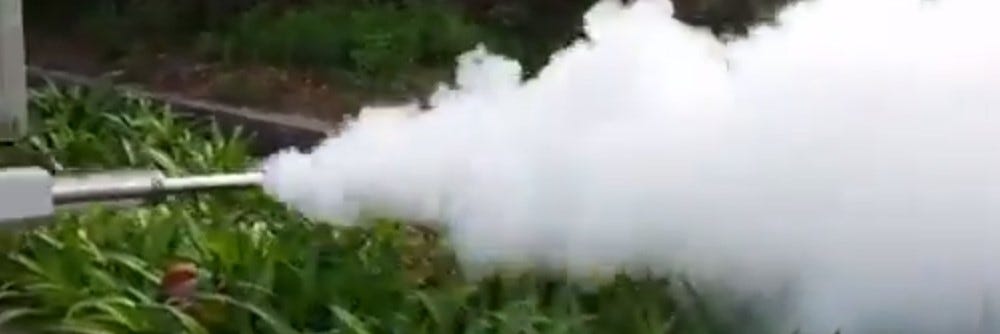
Lastly, you will need to apply residual pesticide sprays to chicken buildings structures in order to kill Northern fowl mites hiding in the surrounding environment. When treating chicken coops or chicken house structures, it is best to use a liquid spray so the product will be able to penetrate tight cracks, crevices, and other hard to reach areas like roost.
Spray a 0.1% permethrin concentration of Flex 10-10 by mixing 8 teaspoons of product with 1 gallon of water. Apply the mixed Flex 10-10 into crevices of roost poles, on roost, walls and cracks in walls, and cracks in nests and cages where northern fowl mites might hide.
Do not spray to the point of runoff.
Prevention

After you have completed treatment, northern fowl mites should no longer be an issue on your chickens or property. However, this does not mean they cannot return. To keep northern fowl mites from being an issue in the future there are some preventative measures you can take on:
- The first step in northern fowl mite prevention is to exclude other pests traveling to and from the poultry house such as wild birds and rodents. These pests are often the main culprit for spreading northern fowl mites to your chicken flock. To get rid of wild birds, we recommend eliminating their food source by cleaning up spilled chicken feed and other food sources like insects with applications of Valar Plus Bifenthrin Granules. Valar Plus Bifenthrin Granules is a bifenthrin insecticide granule that kills many species of insects in lawns. Apply 1.15 to 4.6 lbs. of Valar Plus Bifenthrin Granules per 1,000 sq. ft. of turfgrass for general pest control. Next, spread a bird repellent gel like 4 The Birds - Bird Repellent Gel with a caulking gun or putty knife along ledges, sills, roof, peaks, cornices, and other bird perching areas. Apply beads that are ½ an inch wide and ½ an inch high. Finally, you will need to install bird spikes such as Bird Flite Bird Control Spikes to deter birds from gathering in unwanted areas. To get rid of rats and mice, we recommend using a multi-feed rodent bait like Eratication Rodent Bait within the Solutions Rat & Mouse Bait Station. Place 4 to 6 block of Eratication Rodent Bait within the Solutions Rat & Mouse Bait Station. Each bait station should be about 15 to 20 feet apart along walls or fences in areas where pest activity has been noticed. Do not place bait stations with rodenticide inside of chicken coops. Check the bait stations every few days day and replace bait as needed. Promptly remove any deceased rodents or tampered bait as this could deter rodents.
- Regularly check your chickens for signs of pest activity. Monitor for signs of pest activity then act swiftly if signs are noticed.
- Promptly clean spilled feed around feed bins, chicken coop ground, and anywhere else in the poultry house before it attracts wildlife and rodents. Additionally, keep up with regular sanitization practices like cleaning old coop nesting, removal of feces, and the cleaning of chicken surfaces with hot soapy water.
- Keep unwanted wildlife out of poultry housing by sealing any cracks, crevices, and other entry points into the structure with caulk and copper mesh. Keep in mind that rats can fit into an opening as small as a quarter and as small as a dime for mice.
- Maintain an on-going application of Flex 10-10 every several weeks to continue to fight against northern fowl mites in poultry house. Repeat application every 7 days as necessary for control. Spray poultry at the first sign of northern fowl mite infestation.
Key Takeaways
What are Northern Fowl Mites?
-
Northern fowl mites are difficult to control parasites that live on the body of chickens and feed on their blood.
How to Get Rid of Northern Fowl Mites
- For total Northern fowl mites control, we recommend first cleaning your chicken coop by removing straw or sawdust and maintaining overall cleanliness each week. To get rid of northern fowl mites on chickens and chicken coops, apply Flex 10-10.
Preventing Northern Fowl Mite Reinfestation
- Prevent northern fowl mites from reinfesting your chicken coop, property, and chickens with a regular cleaning routine, preventative applications on poultry housing with Flex 10-10, and eliminating any additional carries of this pest such as birds and rodents.
